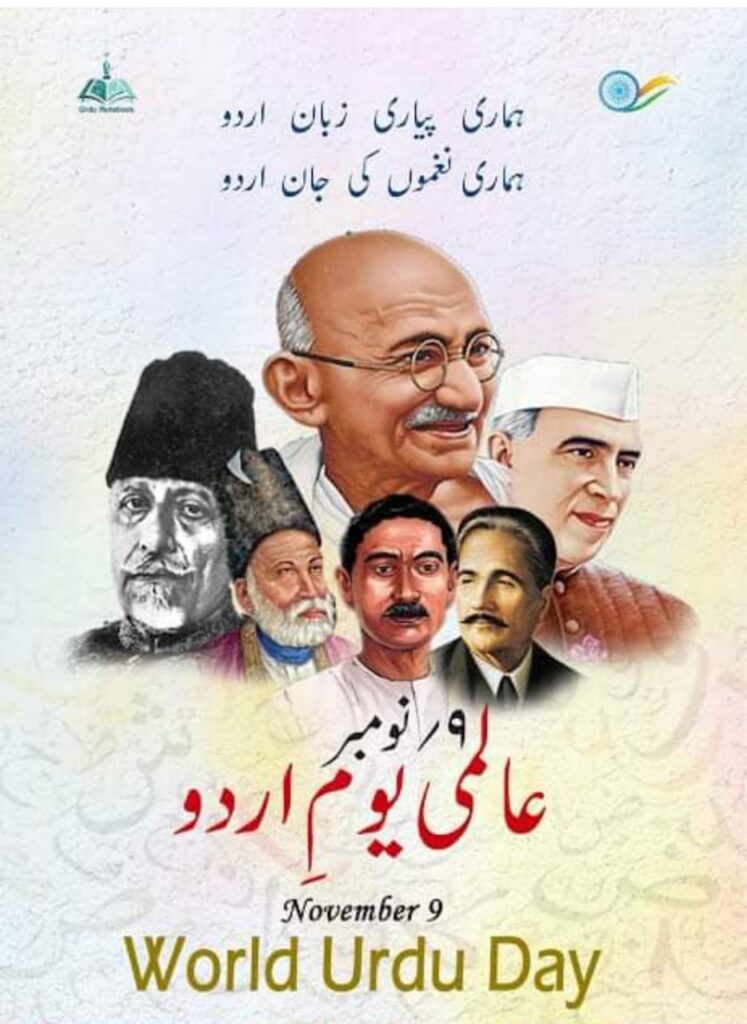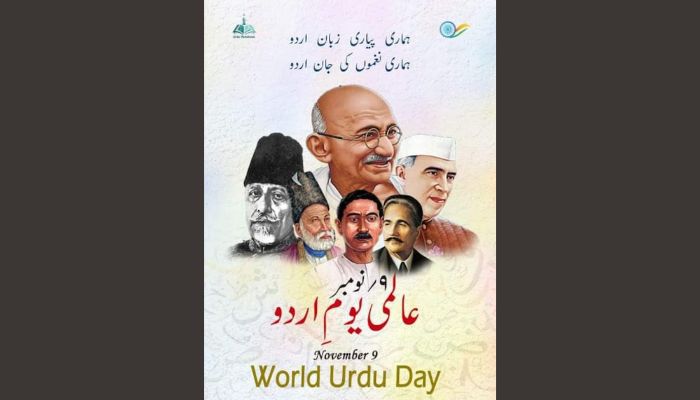Every year on November 9th, people around the world come together to celebrate World Urdu Day, an occasion to honor the rich heritage and global impact of the Urdu language. Urdu, with its poetic beauty and cultural significance, has transcended borders, bringing people from diverse backgrounds closer through its profound literature, expressive poetry, and vibrant traditions. In this article, we will explore the global impact of Urdu, its historical journey, and its role in fostering cross-cultural understanding.

A Brief History of Urdu
Urdu is a language that has evolved over centuries, shaped by the cultural and historical influences of the Indian subcontinent. Its roots can be traced back to the Mughal Empire, where it emerged as a language of administration and culture, influenced by Persian and Arabic. Over time, it absorbed elements from various regional languages, including Punjabi, Sanskrit, and Braj Bhasha, giving rise to the modern Urdu language.
Global Spread of Urdu
Urdu’s global influence extends far beyond the borders of South Asia. It is widely spoken and understood in countries with a significant South Asian diaspora, such as the United Kingdom, the United States, Canada, and the Middle East. This diaspora has played a crucial role in promoting and preserving the language, making Urdu a symbol of cultural identity for millions of people around the world.
- Urdu Literature: A Universal Treasure Urdu literature is renowned for its poetry, prose, and storytelling. It has produced some of the most celebrated poets and writers in history, including Mirza Ghalib, Allama Iqbal, Faiz Ahmed Faiz, and Saadat Hasan Manto. Their works have been translated into numerous languages, making Urdu poetry and literature accessible to a global audience. The themes of love, spirituality, and social justice found in Urdu poetry resonate with people worldwide.
- Urdu in Popular Culture Urdu has made its mark in popular culture, particularly through Bollywood films and music. Many popular Hindi songs feature Urdu lyrics, and the influence of Urdu ghazals (a form of Urdu poetry) is evident in the melodies of countless songs. Bollywood’s reach extends to every corner of the globe, allowing people from different cultures to appreciate the lyrical beauty of Urdu.
- Urdu Calligraphy and Art The art of Urdu calligraphy is celebrated for its intricate beauty. It has transcended linguistic boundaries, inspiring artists and calligraphers from various backgrounds to explore the elegant scripts and designs of Urdu. This artistic expression has a global following, and it showcases the aesthetic appeal of the language.
- Urdu in Digital Age In the digital age, Urdu has found a new platform for global reach. Social media, websites, and digital publications have allowed Urdu content to be accessible to a broader audience. Online Urdu forums, blogs, and educational resources have helped connect Urdu enthusiasts and learners from around the world.
Fostering Cross-Cultural Understanding
Urdu is not just a language; it is a bridge that connects people from different cultures. Celebrating World Urdu Day is a reminder of the language’s unique ability to foster cross-cultural understanding and appreciation. By exploring Urdu literature, music, and art, people from various backgrounds can gain insight into the rich tapestry of South Asian culture.
Conclusion
World Urdu Day is a time to celebrate the global impact of the Urdu language. It is a testament to the enduring appeal of Urdu literature, art, and culture across borders. As we come together to honor this beautiful language on November 9th, let us recognize the role Urdu plays in enriching the tapestry of our global society and fostering connections among people of diverse backgrounds. Urdu’s global influence is a testament to the power of language to transcend boundaries and bring people closer together, and on World Urdu Day, we celebrate this linguistic treasure. (CNI) Current News of India
